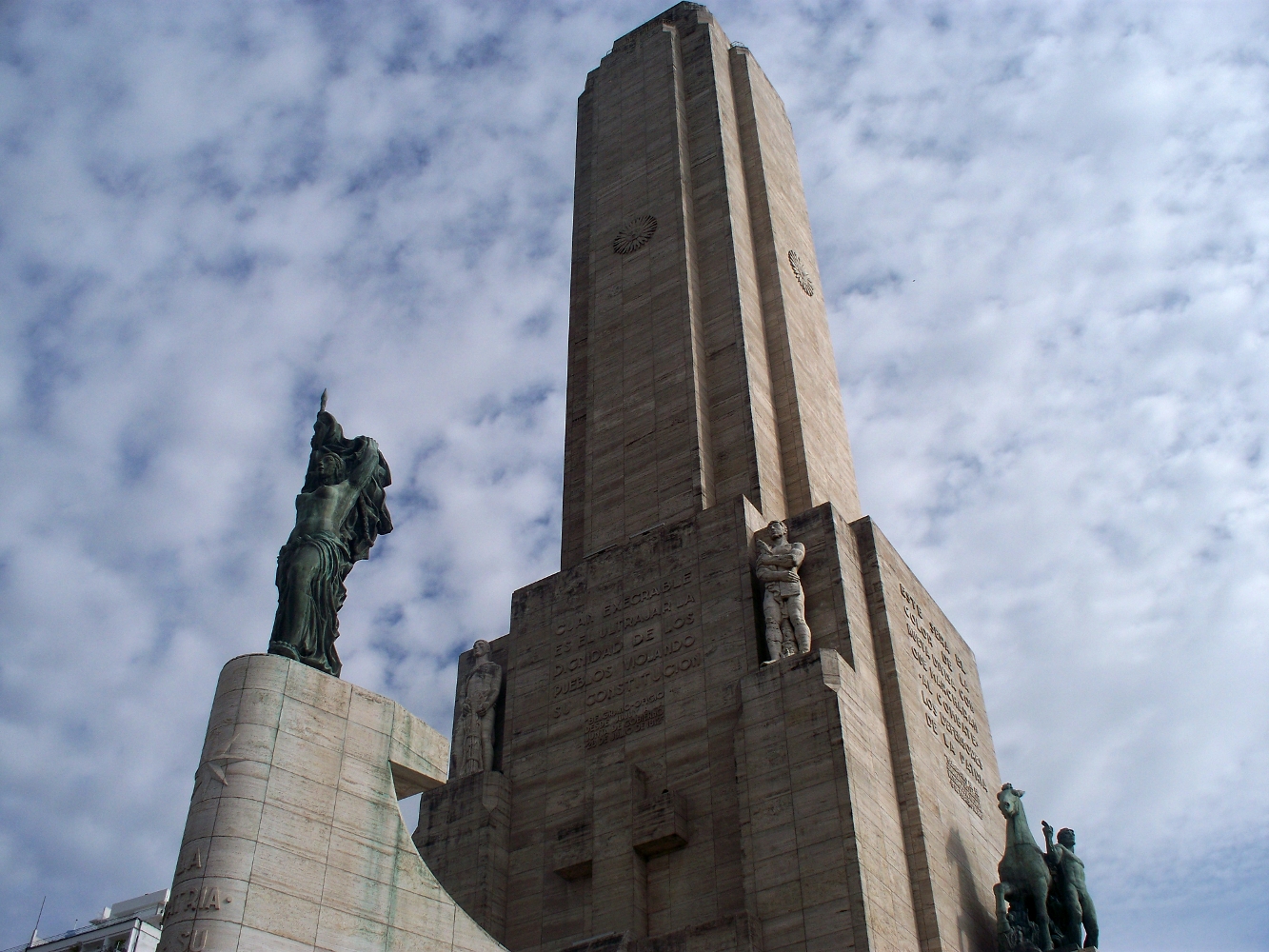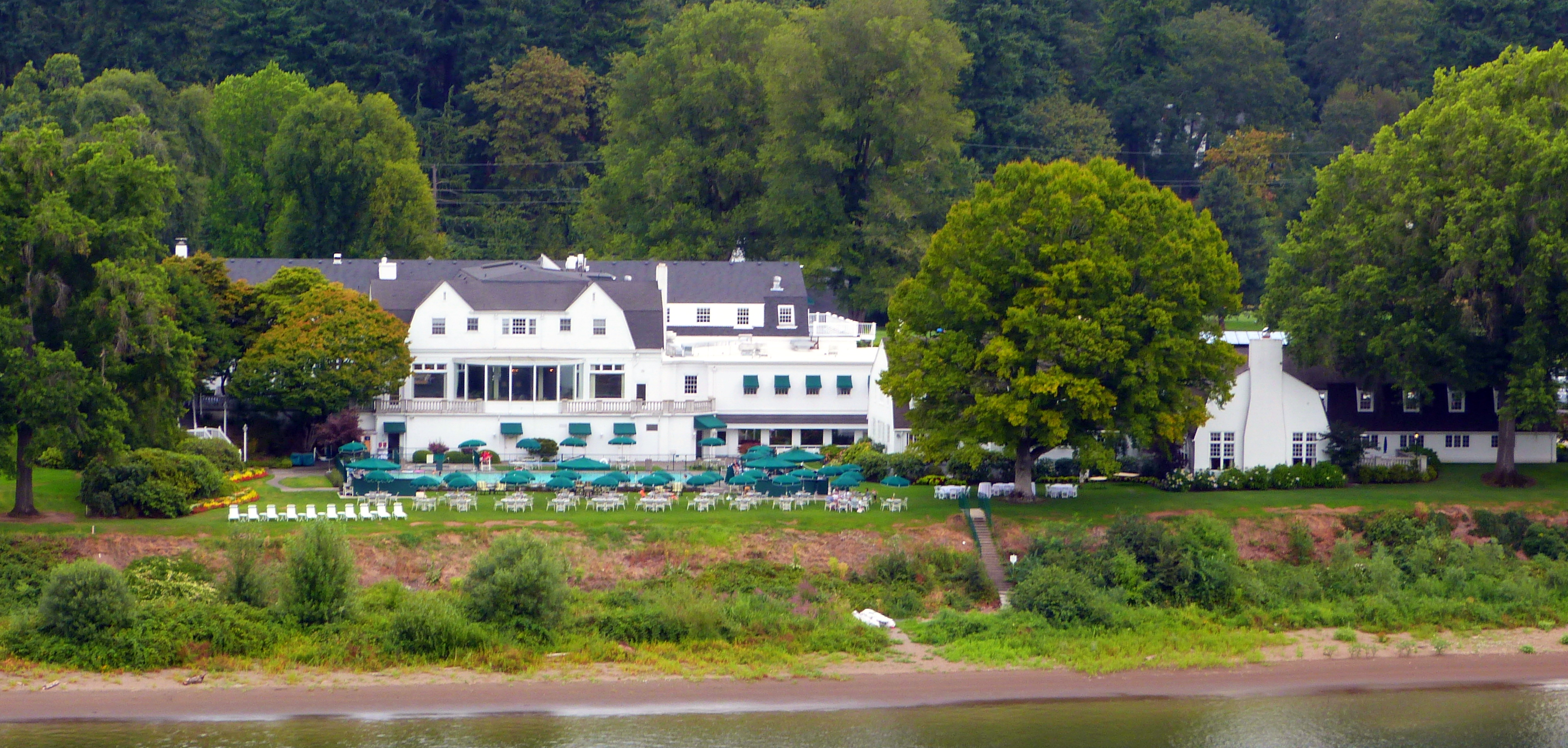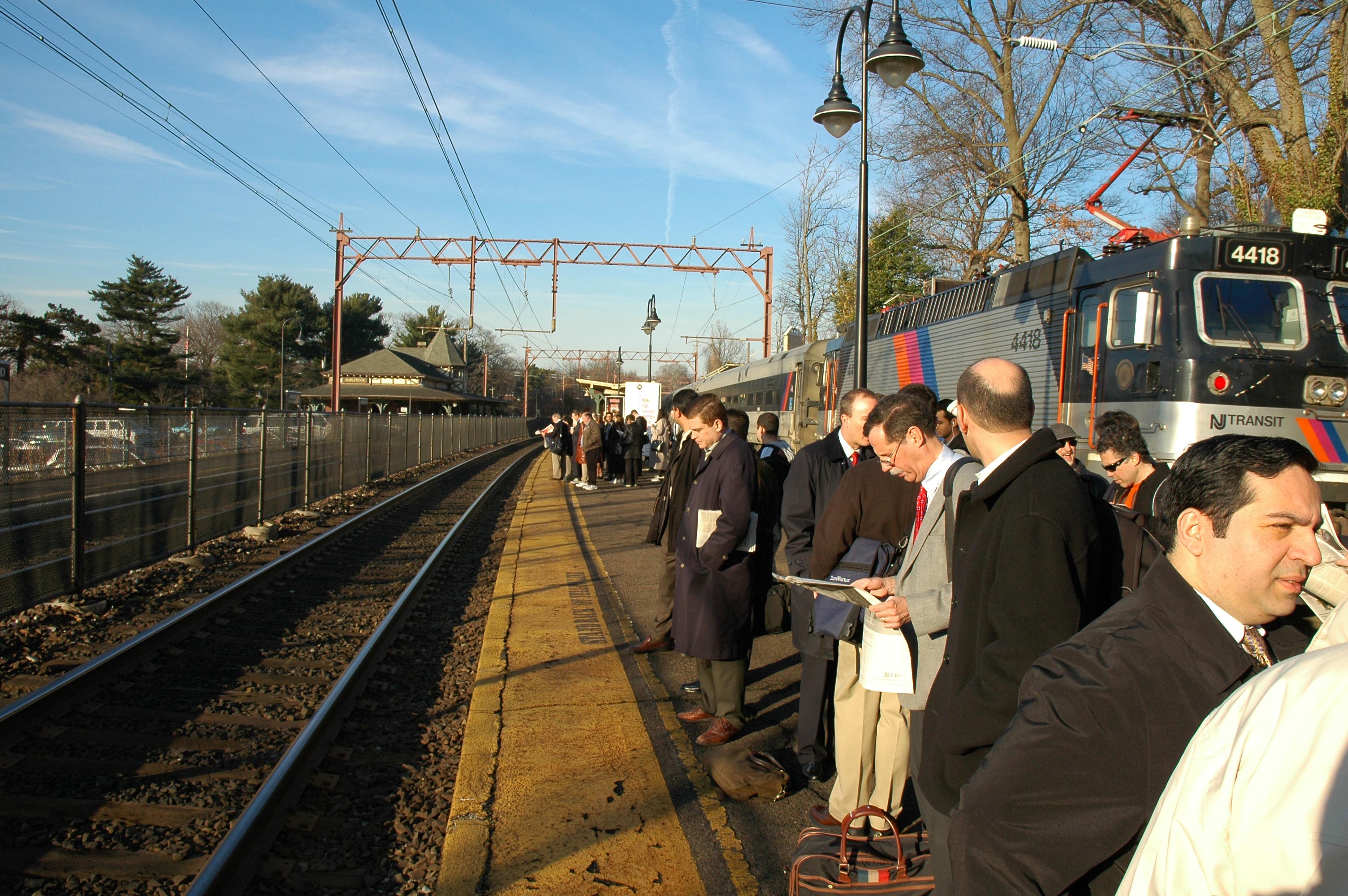|
Pilar, Buenos Aires
Pilar is a city in Buenos Aires Province, Argentina. It is part of the Greater Buenos Aires urban conurbation and is the seat of the administrative division of Pilar Partido. It is located about 51 km northwest of downtown Buenos Aires. As of the 2022 Census, the city had a population of nearly 52,000. Originally located on the flood-prone banks of the Luján River, the small town of Pilar and its chapel were relocated to their current site in the 1800s. Pilar was the site of the signing of the Treaty of Pilar in 1820, a foundational document that is one of "pre-existing pacts" of the Constitution of Argentina and laid the foundation for Argentina's federal system of government. Since the 1990s, Pilar has undergone a demographic transformation fueled by the development of gated communities within and around the city limits. In recent decades, as the administrative center of Pilar Partido, the city has diversified its economy, supported by neighbouring industries and a growing serv ... [...More Info...] [...Related Items...] OR: [Wikipedia] [Google] [Baidu] |
List Of Cities In Argentina
This is a list of city, cities in Argentina. List of Argentine cities Over 150,000 inhabitants 45,000 to 150,000 inhabitants This is a list of the localities of Argentina of 45,000 to 150,000 inhabitants ordered by amount of population according to the data of the 2001 INDEC Census. * San Nicolás de los Arroyos (Buenos Aires) 133,602 * San Rafael, Mendoza, San Rafael (Mendoza) 104,782 * Rafael Castillo, Buenos Aires, Rafael Castillo (Buenos Aires) 103,992 * Trelew (Chubut) 103,305 * Santa Rosa, La Pampa, Santa Rosa (La Pampa) 101,987 * Tandil (Buenos Aires) 101,010 * Villa Mercedes, San Luis, Villa Mercedes (San Luis) 97,000 * Puerto Madryn (Chubut) 93,995 * Morón (Buenos Aires) 92,725 * Virrey del Pino (Buenos Aires) 90,382 * Caseros, Buenos Aires, Caseros (Buenos Aires) 90,313 * San Carlos de Bariloche (Río Negro) 90,000 * Maipú, Mendoza, Maipú (Mendoza) 89,433 * Zárate, Buenos Aires Province, Zárate (Buenos Aires) 86,686 * Burzaco (Buenos Aires) 86,113 ... [...More Info...] [...Related Items...] OR: [Wikipedia] [Google] [Baidu] |
Entre Ríos Province
Entre Ríos (, "Between Rivers") is a Center Region, Argentina, central provinces of Argentina, province of Argentina, located in the Mesopotamia, Argentina, Mesopotamia region. It borders the provinces of Buenos Aires Province, Buenos Aires (south), Corrientes Province, Corrientes (north) and Santa Fe Province, Santa Fe (west), and Uruguay in the east. Its capital is Paraná, Entre Ríos, Paraná (391,000 inhabitants), which lies on the Paraná River, opposite the city of Santa Fe, Argentina, Santa Fe. Together with Córdoba Province, Argentina, Córdoba and Santa Fe Province, Santa Fe, since 1999, the province is part of the economic-political association known as the Center Region, Argentina, Center Region. History The first inhabitants of the area that is now Entre Ríos were the Charrúa and Chaná people, Chaná who each occupied separate parts of the region. Spaniards entered in 1520, when Juan Rodríguez Serrano ventured up the Uruguay River searching for the Pacific ... [...More Info...] [...Related Items...] OR: [Wikipedia] [Google] [Baidu] |
List Of National Historic Monuments Of Argentina
The National Historic Monuments of Argentina are buildings, sites and features in Argentina listed by national decree as historic sites. This designation encourages greater protection under the oversight of the ''Comisión Nacional de Museos, Monumentos y Lugares Históricos'' (National Commission of Museums, Monuments and Historic Places), created in 1940. In addition, provinces also have local lists of historic monuments. There are approximately 400 buildings or sites on the list. Most are buildings or sites from the pre-Hispanic or Colonial periods and some are battlefields and other locations associated with the independence of the country. In recent years the government has been making efforts to include sites on the list that reflect the country's industrial and immigrant heritage. The Commission has been criticized for not doing enough to preserve the buildings on the list, and only declaring sites as monuments after they have been altered or partly demolished. City o ... [...More Info...] [...Related Items...] OR: [Wikipedia] [Google] [Baidu] |
Country Club
A country club is a privately-owned Club (organization), club, often with a membership quota and admittance by invitation or sponsorship, that generally offers both a variety of recreational sports and facilities for dining and entertaining. Typical athletic offerings are golf, tennis, and swimming. Where golf is the principal or sole sporting activity, and especially outside of the United States and Canada, it is common for a country club to be referred to simply as a golf club. Many country clubs offer other new activities such as pickleball, and platform tennis. Country clubs are most commonly located in city outskirts or suburbs, because of the need for substantial grounds for outdoor activities. This factor distinguishes them from an urban Sports club, athletic club. Country clubs originated in Scotland and first appeared in the US in the early 1880s.Simon, Roger D. “Country Clubs.” In The Encyclopedia of American Urban History, edited by David R. Goldfield, 193-94. T ... [...More Info...] [...Related Items...] OR: [Wikipedia] [Google] [Baidu] |
Polo
Polo is a stick and ball game that is played on horseback as a traditional field sport. It is one of the world's oldest known team sports, having been adopted in the Western world from the game of Chovgan (), which originated in ancient Iran, dating back over 2,000 years. Initially played by Persian nobility as a training exercise for cavalry units, polo eventually spread to other parts of the world. The game is played by two opposing teams with the objective of scoring using a long-handled wooden mallet to hit a small hard ball through the opposing team's goal. Each team has four mounted riders, and the game usually lasts one to two hours, divided into periods called ''chukkas'' or ''chukkers.'' Polo has been called "The Sport of Kings" and has become a spectator sport for equestrians and high society, often supported by sponsorship. The progenitor of polo and its variants existed from the 6th century BC to the 1st century AD, as an equestrian game played by the Ira ... [...More Info...] [...Related Items...] OR: [Wikipedia] [Google] [Baidu] |
Industrial District
Industrial district (ID) is a place where workers and firms, specialised in a main industry and auxiliary industries, live and work. The concept was initially used by Alfred Marshall to describe some aspects of the industrial organisation of nations. At the end of the 1990s the industrial districts in developed or developing countries had gained a recognised attention in international debates on industrialisation and policies of regional development. History of the term The term was used the first time by Alfred Marshall in ''The Principles of Economics'' (1890, 1922) and in his ''Industry and Trade'' Marshall talks of a.... ''"thickly peopled industrial district"''. The term was also used in political struggle. The 1917 handbook of the Industrial Workers of the World states:- : "In order that every given industrial district shall have complete industrial solidarity among the workers in all industries as well as among the workers of each an INDUSTRIAL DISTRICT COUNCIL is forme ... [...More Info...] [...Related Items...] OR: [Wikipedia] [Google] [Baidu] |
Freeway
A controlled-access highway is a type of highway that has been designed for high-speed vehicular traffic, with all traffic flow—ingress and egress—regulated. Common English terms are freeway, motorway, and expressway. Other similar terms include ''wikt:throughway, throughway'' or ''thruway'' and ''parkway''. Some of these may be limited-access highways, although this term can also refer to a class of highways with somewhat less isolation from other traffic. In countries following the Vienna Convention on Road Signs and Signals, Vienna convention, the motorway qualification implies that walking and parking are forbidden. A fully controlled-access highway provides an unhindered flow of traffic, with no traffic signals, Intersection (road), intersections or frontage, property access. They are free of any at-grade intersection, at-grade crossings with other roads, railways, or pedestrian paths, which are instead carried by overpasses and underpasses. Entrances and exits to t ... [...More Info...] [...Related Items...] OR: [Wikipedia] [Google] [Baidu] |
Commuter Town
A commuter town is a populated area that is primarily residential rather than commercial or industrial. Routine travel from home to work and back is called commuting, which is where the term comes from. A commuter town may be called by many other terms: "bedroom community" (Canada and northeastern US), "bedroom town", "bedroom suburb" (US), "dormitory town" (UK). The term " exurb" was used from the 1950s, but since 2006, is generally used for areas beyond suburbs and specifically less densely built than the suburbs to which the exurbs' residents commute. Causes Often commuter towns form when workers in a region cannot afford to live where they work and must seek residency in another town with a lower cost of living. The late 20th century, the dot-com bubble and United States housing bubble drove housing costs in Californian metropolitan areas to historic highs, spawning exurban growth in adjacent counties. Workers with jobs in San Francisco found themselves moving further ... [...More Info...] [...Related Items...] OR: [Wikipedia] [Google] [Baidu] |
Buenos Aires
Buenos Aires, controlled by the government of the Autonomous City of Buenos Aires, is the Capital city, capital and largest city of Argentina. It is located on the southwest of the Río de la Plata. Buenos Aires is classified as an Alpha− global city, according to the Globalization and World Cities Research Network, GaWC 2024 ranking. The city proper has a population of 3.1 million and its urban area 16.7 million, making it the List of metropolitan areas, twentieth largest metropolitan area in the world. It is known for its preserved eclecticism, eclectic European #Architecture, architecture and rich culture, cultural life. It is a multiculturalism, multicultural city that is home to multiple ethnic and religious groups, contributing to its culture as well as to the dialect spoken in the city and in some other parts of the country. This is because since the 19th century, the city, and the country in general, has been a major recipient of millions of Immigration to Argentina, im ... [...More Info...] [...Related Items...] OR: [Wikipedia] [Google] [Baidu] |
National Route 8 (Argentina)
National Route 8 () is a highway located in Argentina, that connects the provinces of Buenos Aires, Santa Fe Province, Santa Fe, Córdoba Province, Argentina, Córdoba and San Luis Province, San Luis. The route starts at the link with National Route 9 (Argentina), National Route 9 in the northwest of Greater Buenos Aires, between the towns of El Talar, Buenos Aires, El Talar, El Triángulo, Ricardo Rojas, Buenos Aires, Ricardo Rojas and Ingeniero Pablo Nogués, to the link with Provincial Route 55 (San Luis), Provincial Route 55 in Villa Mercedes, San Luis, Villa Mercedes, San Luis Province at . History National Route 8 did not exist in the original numbering plan of national routes of 3 September 1935. This route was formed in 1943 with part of the trace of National Route 9 from Buenos Aires to Pergamino, National Route 186, from this city to Río Cuarto, Córdoba, Río Cuarto, and National Route 160, from this Cordoban city to Villa Mercedes. This road has been paved since 1940, ... [...More Info...] [...Related Items...] OR: [Wikipedia] [Google] [Baidu] |
Buenos Aires And Pacific Railway
The Buenos Aires and Pacific Railway (BA&P) (in Spanish: Ferrocarril Buenos Aires al Pacífico) was one of the ''Big Four'' Indian gauge, broad gauge, , British-owned companies that built and operated railway networks in Argentina. The original concession was awarded by the Argentine government in 1872 to John E. Clark for the construction of a railway from Buenos Aires to Chile. It was not until 1882, when the BA&P was registered as a joint-stock company in London, that Clark was able to take over the concession. Initially the new company only intended to build the section between Mercedes, Buenos Aires, Mercedes, in Buenos Aires Province, and Villa Mercedes, San Luis, Villa Mercedes in San Luis Province. From Mercedes the company planned to obtain access to the city of Buenos Aires over the Buenos Aires Western Railway, Ferrocarril Oeste track. At Villa Mercedes it connected with the Ferrocarril Andino line that ran on to Mendoza railway station, Mendoza and San Juan, Argen ... [...More Info...] [...Related Items...] OR: [Wikipedia] [Google] [Baidu] |








